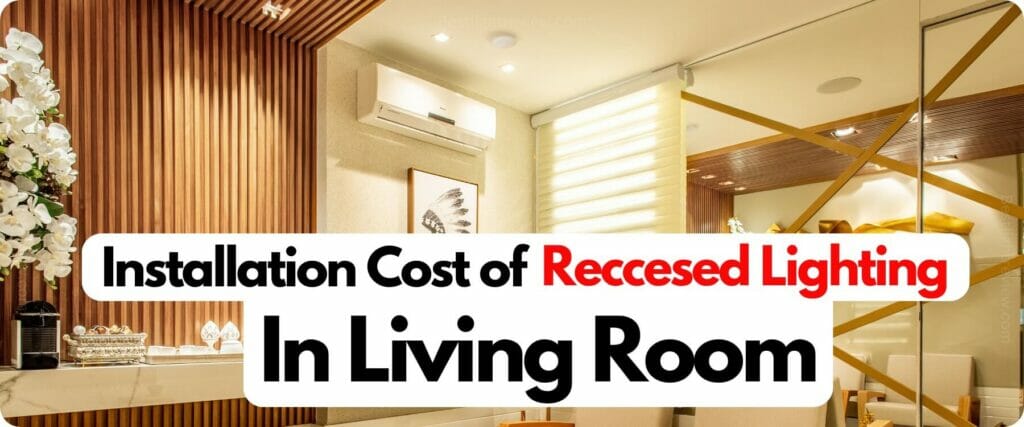

There are numerous advantages of using these recessed lighting in the house, for instance, they have an aesthetic appeal that can improve your home to a different level and offer a diffuse and contemporary look to any room.
Installation Cost of Living Room Recessed Lights
The total cost of installing recessed lights in your living room depends on how your electrician charges you. He may do this hourly rate or by piece rate. In case it is an hourly rate then one will be charged between $90 to $110 per hour while if it is a piece rate it would cost about $50 to $150 for each recessed lighting fixture installed.
Going with the piece rate or hourly wage depends on various factors. When the job is just simple like installing the ceiling flat and fixing some junction boxes for recessed lighting, then the hourly rate would be more appropriate.
However, if there will be complex drilling or wiring on sloping or vaulted ceilings, the right approach would be to employ piece rates. Choose an hourly pay when you anticipate that installation could finish quickly so that you save on costly labor charges.
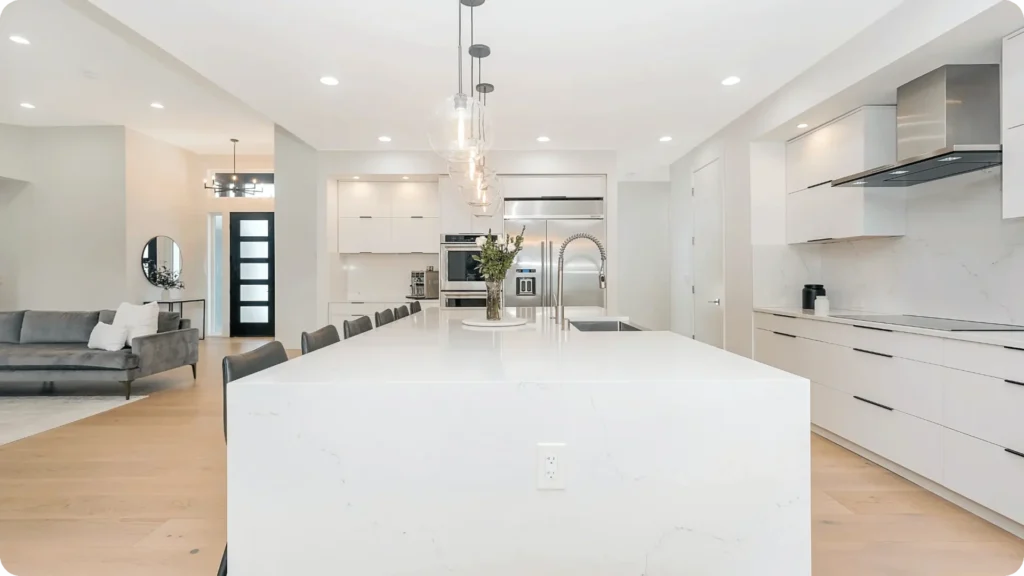

The Cost of Installing Recessed Lights Yourself
When installing recessed lights yourself, you reduce the charges by almost 50% as compared to hiring a professional electrician who might charge around $150 for one fixture but only require around $75 to buy materials necessary for performing that duty yourself. Finally, instead of labor costs what amounts will prevail at last are those spent in buying fixtures for illumination.
It should however be noted that trying out the DIY installation of recesses lighting is not advisable unless you have enough experience and skills in dealing with electrical appliances and wiring procedures. But if you know about electrical safety protocols and possess relevant skills, try doing it yourself because lots of money will be saved here in this way.
Factors Affecting the Recessed Lighting Installation Cost in Living Room
Size of the Living Room
Room size is among the main factors affecting the cost of recessed lighting installation. The more fixtures you need to install in a bigger room, the higher will be the total installation cost. Also, the installation expense can increase if your ceiling is higher than average because more wire length and another workforce may be necessary.
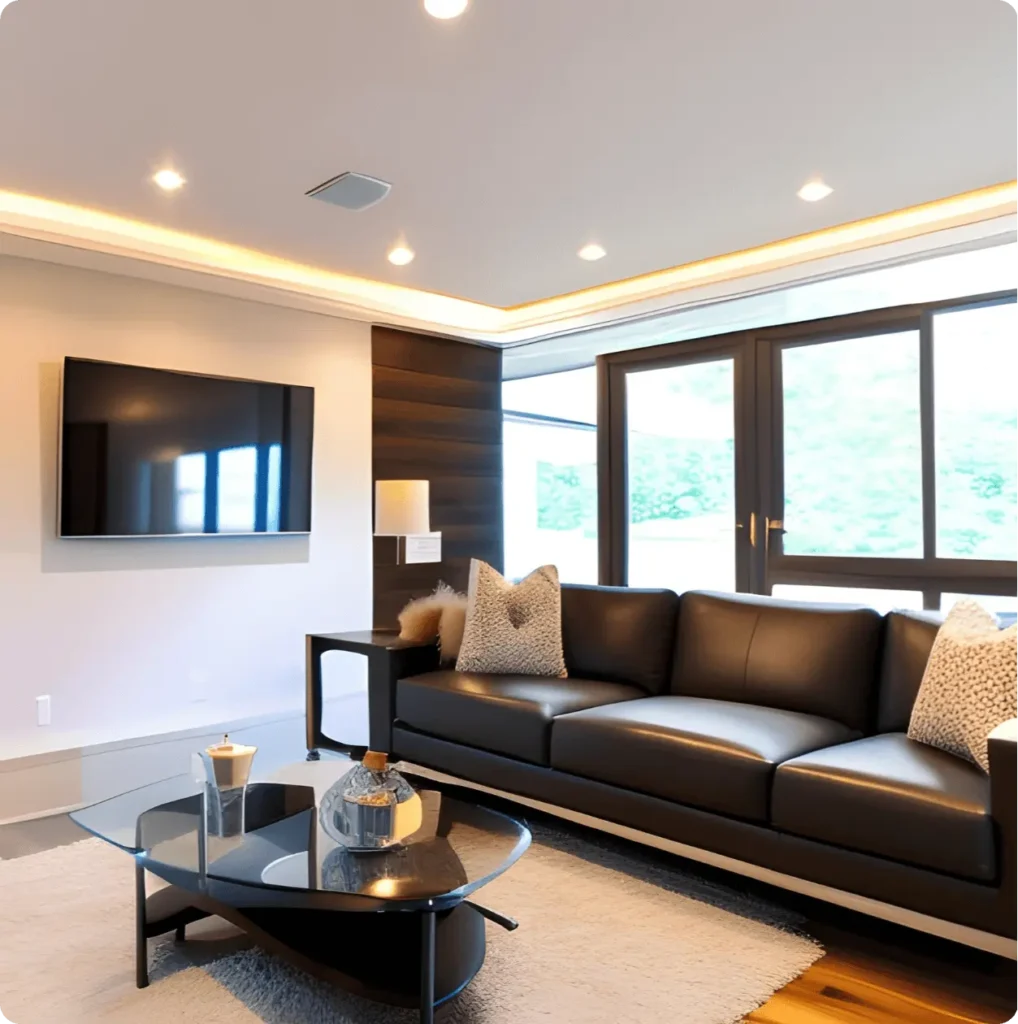

When choosing to light a living space, it is important to first measure the size of the room as this directly affects the number of lumens that are required to illuminate it. More lumens are needed for lighting every corner and making an inviting atmosphere in case if a room is big. Therefore, for larger family rooms there should be enough funds spent on good-quality lamps emitting much light.
Type of Recessed Lighting
When having different types such as LED lights amongst others including halogen, incandescent and fluorescent ones whose setup costs vary LED lights are much more expensive due to their energy efficiency and longer lifespan while both halogen and incandescent bulbs are cheaper but have shorter lifespans before they burn out besides being not energy efficient hence consuming more power or electricity Fluorescent bulbs are less costly yet they may not appear so beautiful as other variations do.
Number of Recessed Lights Needed
To ensure a room’s length and height are in the range of fixtures. After determining the dimensions of your living room as well as the height of its ceiling, you can discover how many recessed light bulbs should be installed and which type should be applied.
A good rule of thumb is to place one lamp in every 4-6 square meters of space for proper lighting. Alternatively, excessive recessed lighting must be avoided since this may end up causing too much brightness or glare that will not go with the intended style in your space.
On the other side, having very few recessed lights might create poor illumination which does not serve any objective at all. For instance, when planning for installation on your home roofs it is better to use this method in giving some rough directions.
Accessibility of the Ceiling
The ease of access to a ceiling directly influences its pricing and work time estimation during installment. In a multi-story building or if attic space is limited to reach the roof, it might be hard to fix a new lighting system properly. In some cases, an electrician may need to drill holes through ceilings from above and run wires inside them, requiring additional labor, and raising installation costs.
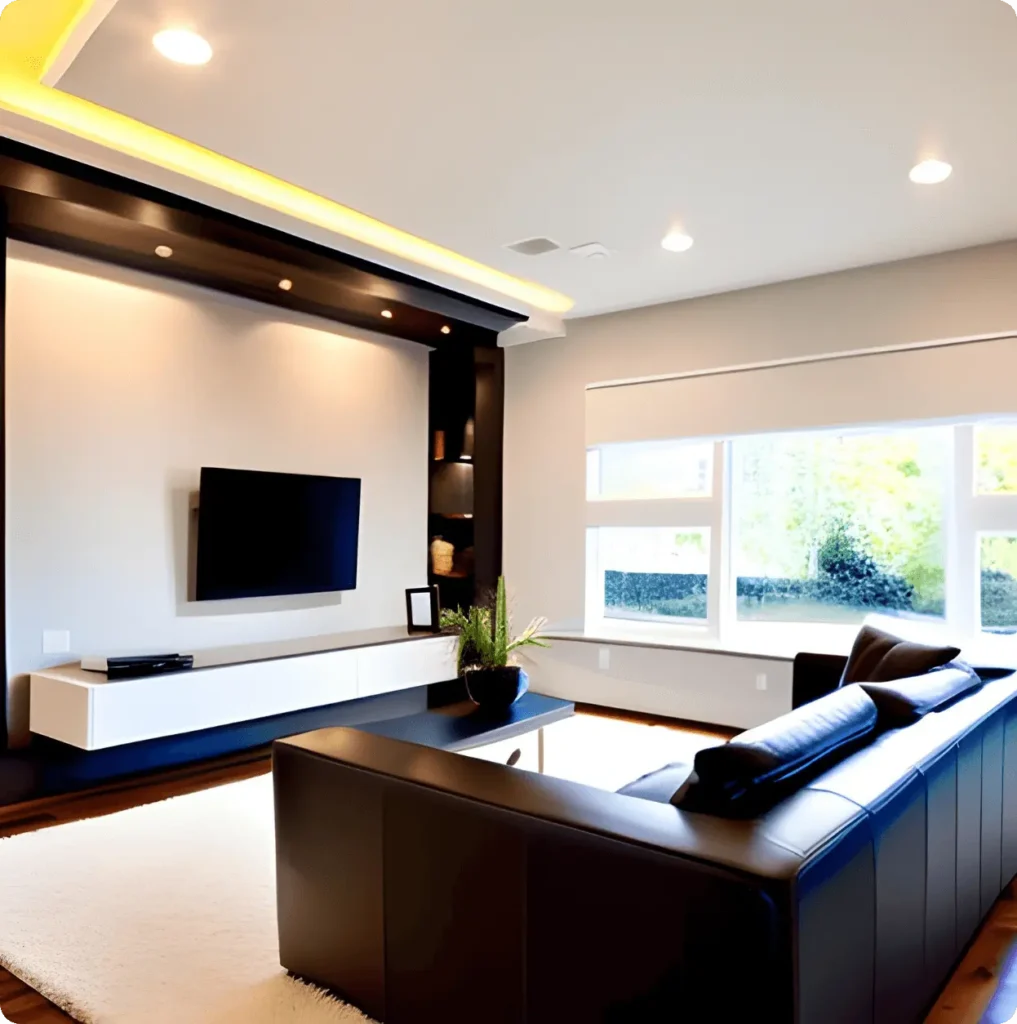

More time would have to be used going around such areas if objects are standing in between like fireplaces or pieces of furniture. Knowing how problematic it can get for electricians to reach certain locations atop installation ceilings helps homeowners bargain for a fair quote on their new lighting systems.
Wiring and Electrical Work
Especially with recessed lighting, wiring, and electrical work can take quite a bit of effort and cost a lot within home-owning situations. It is an expensive job connecting wires for recessed lighting because it calls for so many lines that already exist.
Additional electrical works such as upgrading or swapping out the current electrical panel may also escalate installation charges substantially. Moreover, repairs due to damages like insulation breakages or circuit breaks can result in further expenses.
Additional Features
When considering new additions to your living room, there is a wide array of options. For instance, installing dimmers or remote controls can improve the mood of the room and allow greater control over lighting.
While these extras come at an extra cost, they are worth it in terms of better aesthetics and more versatility. In addition to this, they also contain installation guides that homeowners rely on to help them set everything up in the right way.
Location of the Fixtures
The location also plays a significant role in terms of costs incurred. A lot more time and labor may be needed to correctly install these items if their fixtures require fitting in a particular pattern or custom-made design. Such things must be placed so that they give maximum performance and are easy to access. There should also be consideration when choosing positions so as not to obstruct other components as well as provide enough space for smooth maintenance and repair activities.
Practical Tips on Saving Money When Installing Recessing Lights
Recessed lights are an excellent method to improve your home’s lighting and appearance. If you do it wrongly, however, it can be very expensive. Here are some practical tips that you can follow to save money while installing a recessed fixture at your house.
- Primarily, buy good quality fixtures that are energy-saving and long-lasting as this will help reduce your electricity bills over time and prevent frequent replacements.
- Secondly, opt for LED bulbs rather than traditional incandescent ones; they last longer and consume less energy in comparison to their counterparts.
- Third, shop around for the best prices on fixtures and bulbs; this will help you get the most value for your money.
- Finally, ensure an expert electrician does the installation to guarantee the correctness and safety of everything.
By following these recommendations while installing recessed lighting in your own home, you can save both time and money and achieve great results.
Conclusion:
The cost of setting up recessed lighting fixtures in a living room depends upon several factors such as the size and type of the room, accessibility of ceiling space or attic above it, wiring requirements (including electric work needed), covering area of lamps themselves among others. By considering these factors you can make an informed decision to ensure suitable recessed lighting in the living room that would enhance its overall appearance.

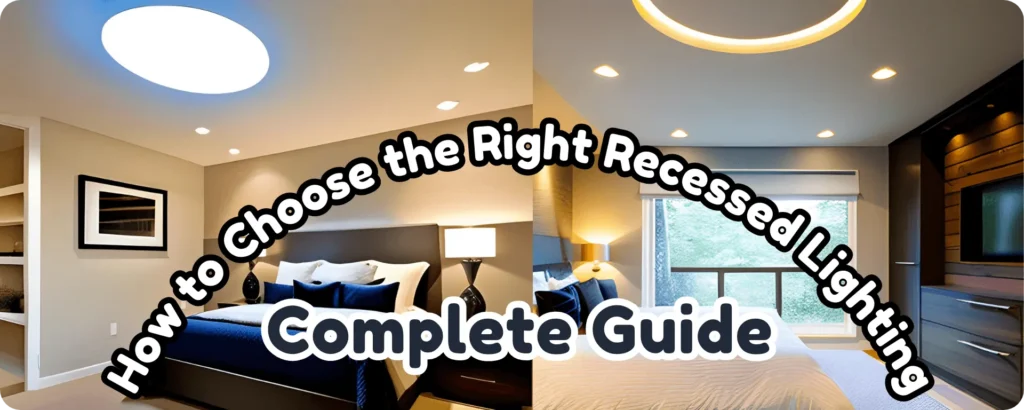
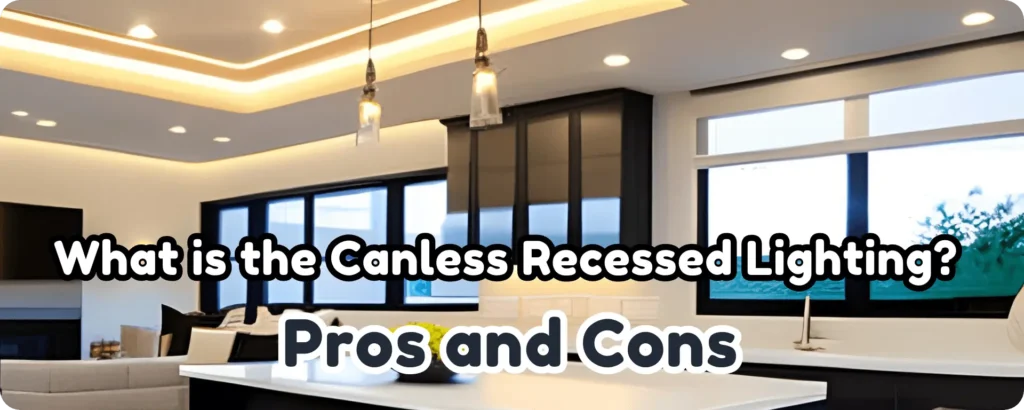
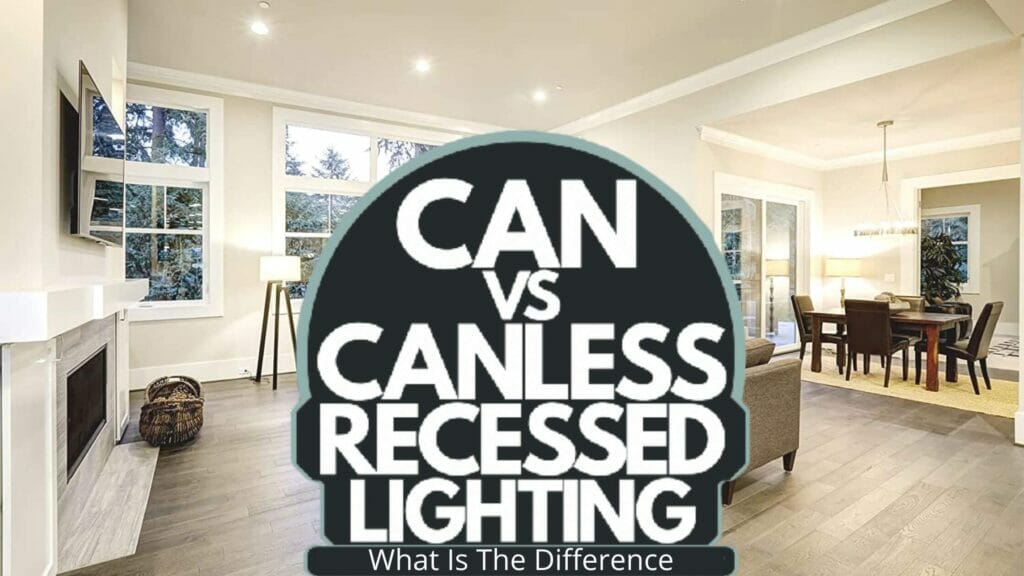
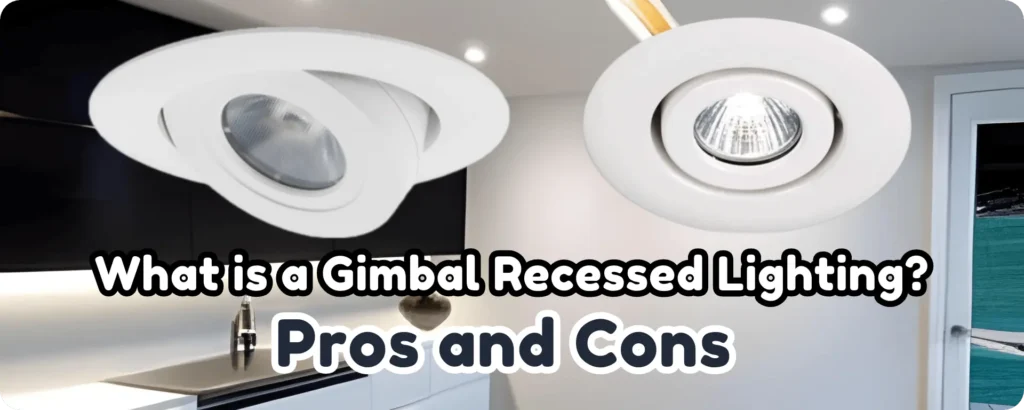
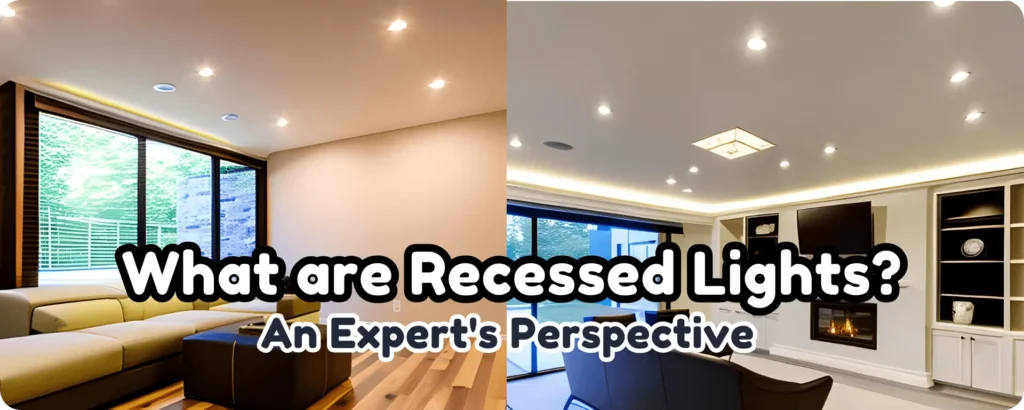
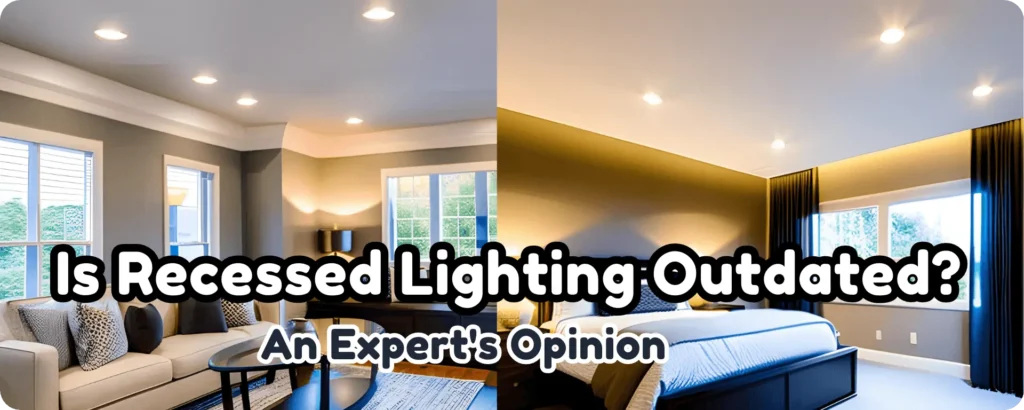
Pingback: What Is The IC Rating Recessed Lighting?